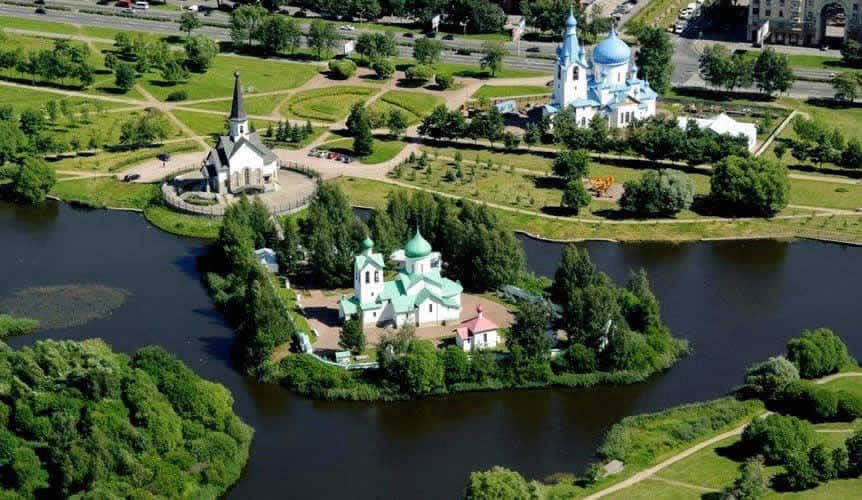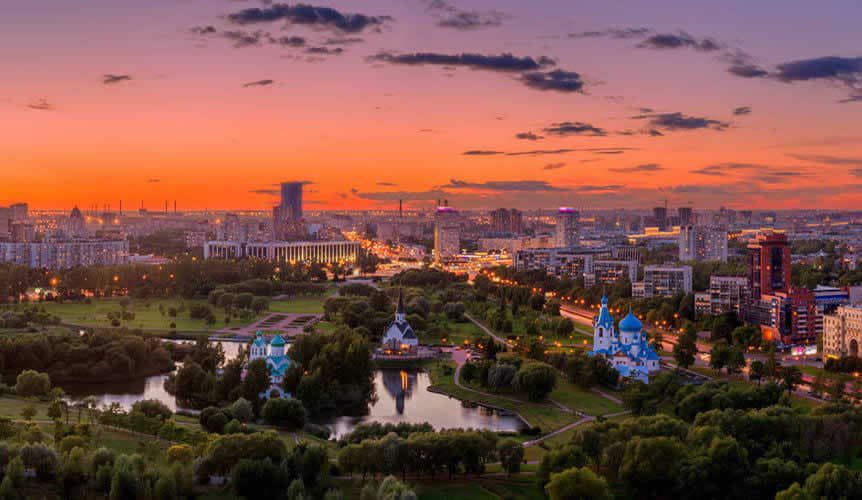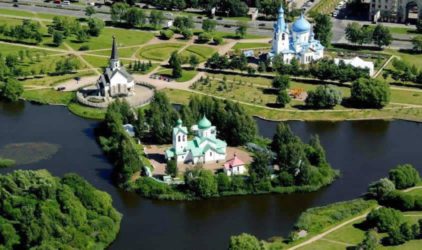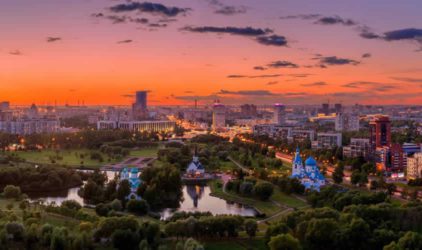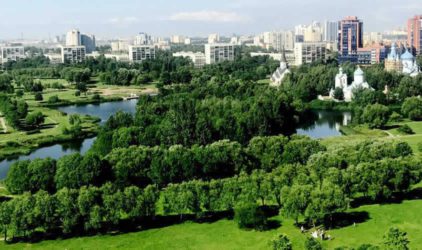The Russian language has a variety of dialects, which differ by geographical location and social affiliation of speakers. Dialects in the Russian language are divided into several types, and each of them has its own peculiarities in phonetics, vocabulary, grammar and intonation.
It’s important to realize that an accent reflects the sound features of another language or dialect, less often an individual dialect. Accents should not be confused with dialects, which are variants of a language, differing in the set of words, syntax and morphology, as well as pronunciation.
Geographical division of dialects
The Russian language is traditionally divided into three main dialect groups, which correspond to different regions of Russia:
– Western Russian dialect (or Northwestern): characterized by a distinct pronunciation and some peculiarities in grammar. This dialect includes the dialects spoken in the central regions of Russia, including Moscow, Smolensk, and Pskov.
– Central Russian dialect: this dialect is spoken in central Russia, including Moscow and its environs. It is considered the “classical” Russian language, and many literary language norms originated from this dialect area.
– Southern dialect (or South Russian): includes the dialects spoken in the southern regions of Russia (e.g. Rostov Oblast, Krasnodar Krai) and in Ukraine and Belarus. These dialects are characterized by certain peculiarities of pronunciation and vocabulary.
The influence of dialects on the modern Russian language
Each of these dialects influences the development of the literary language. For example, the Moscow dialect became the basis of the literary language in the XVIII-XIX centuries due to the role of Moscow as the cultural and administrative center of Russia. However, many words and expressions from the southern and western dialects entered the common Russian language and became the norm.
Social dialects
In addition to geographical dialects, there are also social dialects, which depend on the social group or professional affiliation of speakers. For example, in the Russian language we can distinguish dialects associated with certain professions (workers, peasants, students), as well as differences between formal and informal speech styles.
Disappearance and preservation of dialects
In recent decades, many dialects have begun to disappear, also due to the spread of mass media and mobile technologies, as well as through urbanization. Young people increasingly speak standardized, neutral Russian, causing dialectal features to disappear. However, in some villages and remote corners of the country, dialects persist and are passed on from generation to generation.
Nevertheless, the preservation and study of dialects remains an important part of the linguistic and cultural identity of the Russian people.
Here are some examples of the differences between Russian dialects, which concern phonetic features (pronunciation):
– Northern dialects (e.g., Karelia, Arkhangelsk):
In Northern dialects, one can hear retention of unstressed “o”, i.e. pronunciation of the stressed “o” as “a”. For example, the word “поток” (“stream”) will be pronounced as “пАток”.
It is also possible to pronounce “Е” as “И”: “несу” (“to carry”) → “нИсу”.
– Southern dialects (e.g. Rostov Oblast, Krasnodar Krai):
In southern dialects, retention of unstressed “а” is common, i.e. pronouncing “o” as “a” in stressless syllables. For example, the word “город” (“city”) can be pronounced as “гАрАд”.
Also, in southern colloquialisms, the change of “e” into “i” is often observed, especially in final syllables: “тебе” (“for you”) → “тебИ”.
In addition, the letters “ф” and “х” are substituted. This feature is characteristic of both the north and the south of Russia. For example, the peasants of Leo Tolstoy’s family estate in Yasnaya Polyana called their barin “граХ” instead of “граФ” (“earl”).
These dialects can interact and influence each other, as well as change due to sociocultural factors over time.
Read also: The Evolution of the Russian Alphabet



